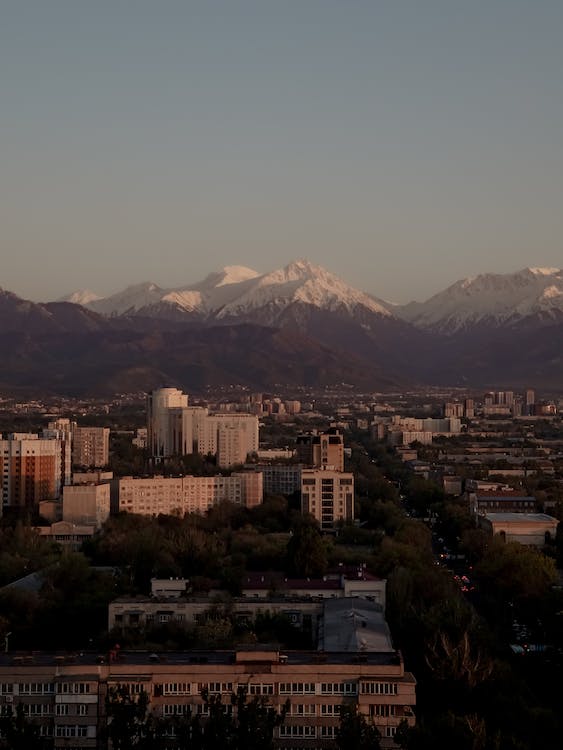A well in Kazakhstan continued to leak methane for six months in what is being termed one of the worst methane leaks ever recorded.
According to a BBC report, it took place last year after a blowout led to a fire in a gas well in June last year, which was only brought under control in December. The report says that the local authorities are now working to seal the well.
The exploration well, located in the Mangistau region of the country, is owned by a firm named Buzachi Neft.
It is being reported that an estimated 127,000 tonnes of gas was released in the incident. But the firm has denied that it was a “substantial amount”.
Methane is one of the three main greenhouse gases, including carbon dioxide and nitrous oxide. The concentration of two key greenhouse gases, methane and nitrous oxide, has increased significantly over the years.
Methane gas contributes significantly to the greenhouse effect and, consequently, to rising temperatures. It is around 80 times more potent than carbon dioxide as a greenhouse gas over a 20-year period, but it stays in the atmosphere for only 12 years compared to centuries.
Methane is emitted from several sources, such as livestock, wetlands, and oil and natural gas systems.
According to a new International Energy Agency (IEA) analysis, the global energy industry accounted for 135 million tonnes of methane emissions in 2022.
The IEA further stated that the Nord Stream pipeline explosion in September 2022 also released a huge amount of methane into the atmosphere. Leaks were detected in the Nord Stream pipelines.
It later came to light that those explosions had ruptured the Russian-built Nord Stream 1 and Nord Stream 2 pipelines. The blasts were exposed by an American journalist, Seymour Hersh. The explosions released more than 100,000 metric tonnes of methane into the sea and the atmosphere.
Permafrost is another source of methane, made of perennially frozen ground occurring in about 24% of the exposed land surface in the Northern Hemisphere and Antarctica.
Permafrost contains around 1,700 gigatonnes of carbon in the form of frozen organic matter, almost twice as much carbon as is currently in the atmosphere, notes the United Nations Environment Programme (UNEP).
According to the IEA, methane is responsible for around 30% of the rise in global temperatures since the Industrial Revolution.







